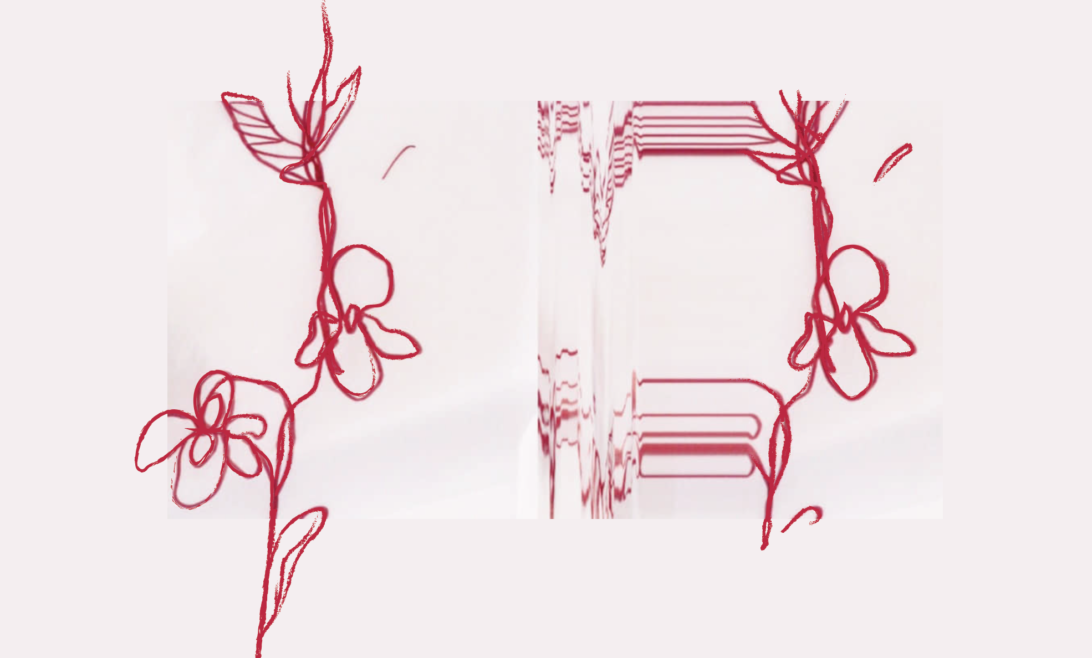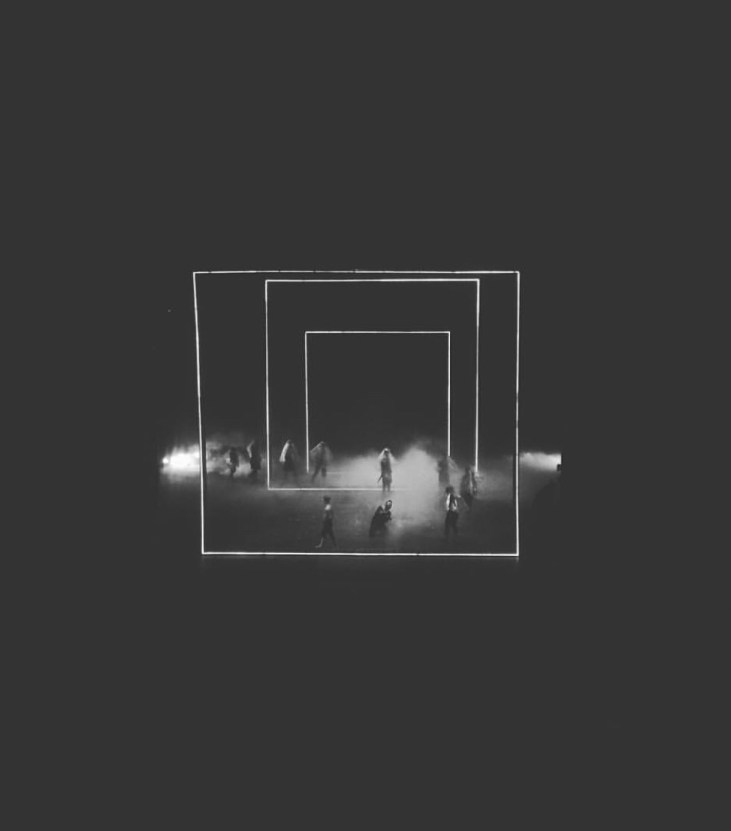
Night rules this world, light is artificial, bright, hard and kitsch. Light becomes more natural and playful as we get into the world of memories and dreams [interiors], most of the time we are outside, space is open, cold, dark and wet. It feels abandoned, scars of conflict are visible on it.
Time goes linearly although it glitches from time to time. Time is like our main character frenetic, loud and sarcastic, it delivers raw and hard truths so fast that it takes us a bit to realize there are sadness and cruelty in this world, is a defence mechanism. It feels like we are in an edited flashback always.
The mood is created by the continuous monologue Hedwig is giving. The passive-aggressive interactions we see with the band members, Yitzhak, Hedwig’s mothers or others. No one is comfortable in their own skin or their current situation, we can feel it.
Wigs, makeup and heels are part of the picture, is not a world of drag queens but is close to it. Hedwig’s pass as a woman and she knows it but she is in between [scars of conflict are visible] gender without being completely one. The glam RocknRolla fades into an angry Viviane Westwood vision throughout the play, a modern-day child of the moon.
Glam Rock and Punk rock pours through every corner of this world; silences are not permitted. Noise in our characters heads, noise on stage. There are echoes of a better life in the sacrifices they take or demand from others.
Self-dictated rules vs rules of destiny. There is a song by Cage The Elephant, Ain’t no rest for the wicked that comes to my mind a lot while thinking about this world.
Oh there ain’t no rest for the wicked
Money don’t grow on trees
We got bills to pay, we got mouths to feed
There ain’t nothing in this world for free
Oh no we can’t slow down, we can’t hold back
Though you know we wish we could
Oh no there ain’t no rest for the wicked
Until we close our eyes for good
The world becomes louder and louder around Hedwig’s character, we are a bit dizzy. She starts to cracks and the sarcasm is crueller. This gives the opportunity to other characters like Yitzhak to come forward to the spotlight, soften the mood.
The light is still unnatural but more organic, it doesn’t feel abandoned but very much habited. Still loud but alive, instead than anger we have hope. Most importantly we fell comfortable and as Hedwig says at the beginning “ you legitimize me, ladies and gentleman, you really do” only that she didn’t need it others.
//
This story is about self-love
This story is about a man who became a woman in order to find a better life, full of love.
This story is about a gay man that since childhood feels can only be complete until he finds his other half [love]. He falls for an American soldier that offers luxury goods, marriage and a ticket away from the Eastern block. The only way to fool the authorities is to be husband and wife, which ends in a traumatic sex reassignment surgery, a trailer home miles away, divorce, poverty, and music as a coping mechanism. He takes his mother’s name, dress and behaves like a woman obsessed with finding his other half falls for a younger man, thanks to her he becomes a famous rock star but denies their relationship publicly, especially denies being aware of her being transgender. Now Hedwig wants to tell her side of the story, who she is, prove all his song are hers. She is the talent but while she gets deep into her story, she cracks and her angry starts to fade, realizing there is no other half, she is her other half.



























